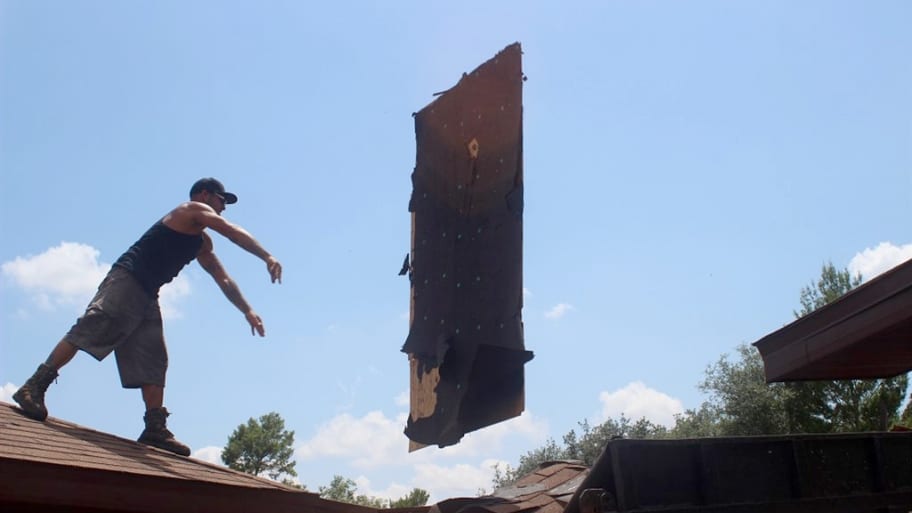Contents
I Need a Roofer? – How to Hire Best Roofer
Key questions you should ask when hiring a roofer. For a lasting, leak-free roof.
Nailing down asphalt shingles is one of the simplest jobs in construction. It’s difficult to do wrong. But the preparation and details—especially where shingles meet dormers, chimneys or vents—aren’t so easy. Here’s how to find a roofer who will do it right.
Do you plan to tear off the old shingles and pull the nails?
When you’re comparing bids, ask if the roofing contractor recommends tearing off the old shingles. Removing the old roofing materials allows the roofing contractor to inspect the roof sheathing and repair rot or other damage, exposes problems with flashings and provides a smooth surface that’s easier to waterproof and roof over.
How will you charge for extra work, like replacing rotted wood?
Regardless of how careful the contractor is to include all the necessary work in the bid, there are bound to be surprises. For example, it’s hard to know the condition of the roof sheathing until the shingles are removed, and at that point in the job you don’t have much bargaining power. Include an hourly rate for extra work in the contract, or a square-foot price for replacing the sheathing.
Will you replace damaged or rusted flashing?
One of the most common roof leak sites is at the intersection of the roof and a wall, like the sides of a dormer. These areas are waterproofed with step flashing, a series of overlapping pieces of sheet metal that are bent to lap onto the wall. Make sure your roofer is planning to inspect the step flashing and explain your options for replacing or repairing it.
Will you replace the roof vents and valley flashing?
It’s a bad idea to save money by reusing roof vents, plumbing vent flashing or valley metal. Replacing all of these with new materials only adds a few hundred dollars to the cost of a typical roof, but ensures a leakproof job. For the best appearance, also ask the roofer to use metal that’s prefinished to match the color of the shingles.
Once you start, will you stay on the job until it’s done?
Less-reputable contractors may take your down payment, start the job, and then disappear for a few days to start other jobs. Make sure your contractor plans to stay until the job is done. And to ensure timely completion, don’t make the final payment until every detail is complete.
Where roofs leak
Shingles rarely leak. It’s where the shingles stop and meet other things that trouble usually occurs. Those are the areas to keep an eye on and the areas to ask a roofing contractor about. Here are three common trouble spots:
Chimney flashing
A proper chimney treatment includes step flashing, counterflashing that covers the step flashing and possibly a “cricket” to divert water away from the chimney. Be sure to ask your roofer about these details before you sign a contract.
Step flashing
L-shaped sections of flashing keep out water where the roof meets dormers, walls or skylights. Missing nails can allow it to slide down and let in water. Over many years, it can also rust away. Flashing that’s in good condition can be left in place and reused, but don’t trust any roofer who wants to simply slather roofing tar over it.
Plumbing vents
Vent flashing has a limited life span. The rubber gasket cracks or the metal eventually rusts. Loose or missing nails also cause leaks. All-metal vent flashing lasts longer, because it doesn’t rely on a rubber gasket. A good roofer will replace, not reuse, all vent flashings regardless of type.
